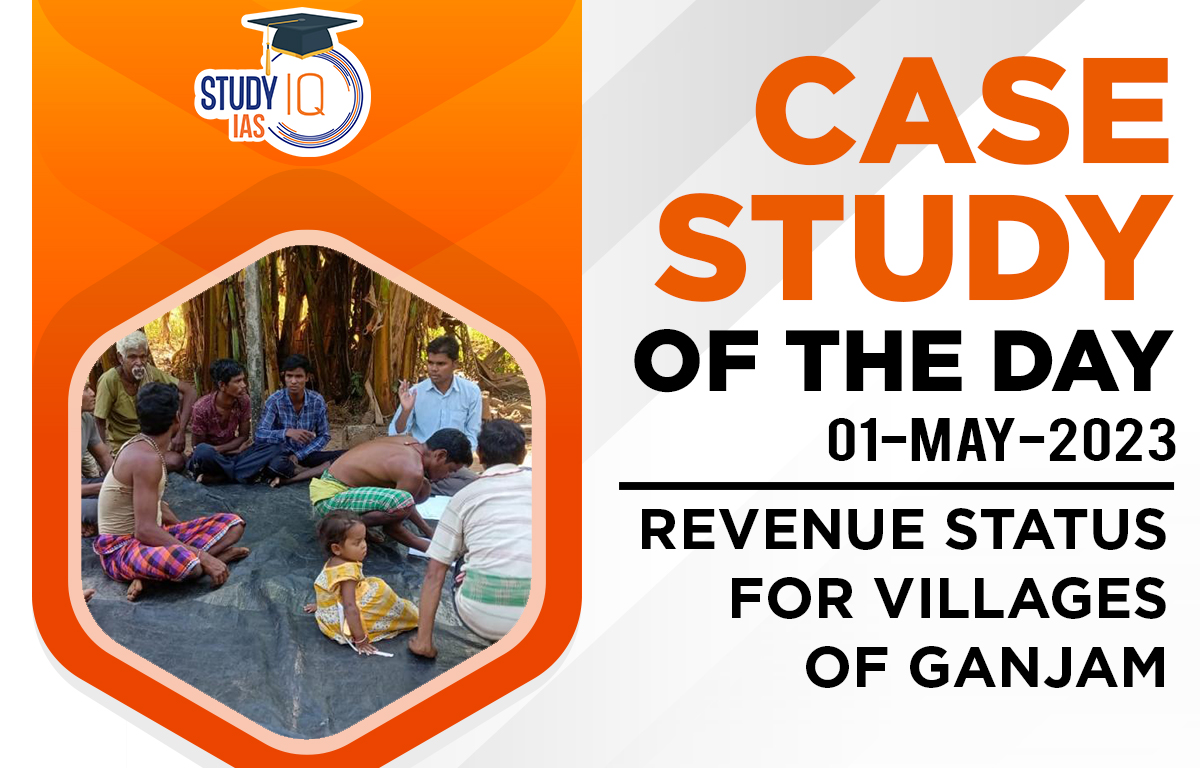Table of Contents
Context: The acquisition of ‘revenue’ status by 38 villages in Odisha’s Ganjam district has brought significant hope for the approximately 6,000 villagers residing in these areas.
Revenue Status for Villages of Ganjam Background
- Ganjam district, located in the southern part of Odisha is known for its rural population and agricultural economy.
- Historically, the 38 villages in question had been designated as ‘forest’ or ‘revenue forest’ areas, which limited the villagers’ access to various government welfare schemes and infrastructure development projects.
- However, with the recent grant of ‘revenue’ status to these villages, a new chapter of progress and development is set to unfold.
Key Stakeholders
- Villagers: The primary beneficiaries of the change in status comprise approximately 6,000 individuals living in the 38 villages.
- Local Government: Responsible for implementing development initiatives and providing necessary resources to uplift the villages.
- Non-Governmental Organizations (NGOs): Act as facilitators by collaborating with local authorities and villagers to identify needs and provide support.
- State Government: Plays a crucial role in policy-making, resource allocation, and overseeing the development process.
Potential Improvements and Benefits
- Infrastructure Development: With the new ‘revenue’ status, the villages are likely to witness improved infrastructure such as roads, bridges, schools, healthcare facilities, and access to clean drinking water.
- Welfare Schemes: New status opens up opportunities for the villagers to benefit from various social welfare programs, including financial assistance, healthcare, education, and skill development initiatives.
- Economic Opportunities: The ‘revenue’ status can attract private investments and encourage the establishment of small-scale industries, which can create employment opportunities for the villagers.
- Education and Skill Development: The availability of better educational facilities and resources can contribute to an increase in literacy rates and educational attainment among the villagers. Skill development programs can equip them with the necessary tools to explore alternative livelihood options and become self-reliant.
- Environmental Conservation: Balancing development with sustainable practices can help protect the region’s biodiversity and natural resources, ensuring long-term benefits for both the villagers and the ecosystem.
Challenges and the Way Forward
- Implementation and Governance: The successful implementation of development initiatives and efficient governance will be crucial for translating the newfound status into tangible benefits for the villagers.
- Equity and Inclusion: It is essential to ensure that the benefits of development reach all sections of society, including marginalized groups, women, and tribal communities.
- Environmental Sustainability: Development should be pursued in a manner that minimizes adverse impacts on the environment. Adopting sustainable practices and involving local communities in conservation efforts can help achieve this balance.
- Capacity Building: Enhancing the skills and knowledge of villagers can empower them to actively participate in the decision-making processes, ensuring their needs are addressed effectively.


 List of Governor of States in India, Con...
List of Governor of States in India, Con...
 Daily Quiz 15 July 2025
Daily Quiz 15 July 2025
 Maratha Military Landscapes of India Add...
Maratha Military Landscapes of India Add...





















